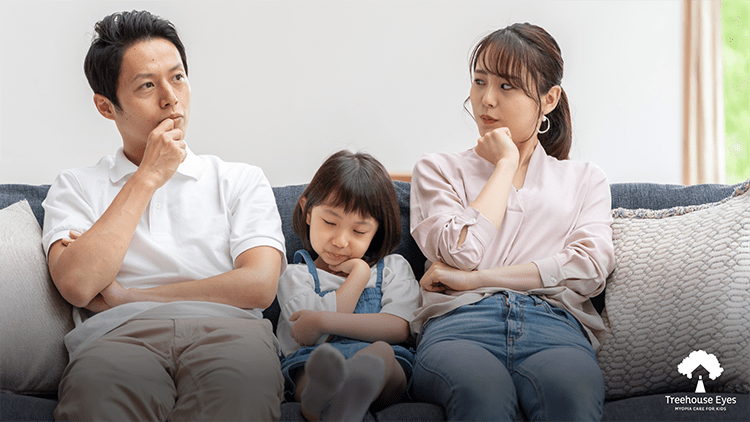Understanding Myopia and Astigmatism: A Comprehensive Guide for Mothers

As a parent, your child’s health is of paramount importance.
An essential aspect of this health puzzle is your child’s vision. In our technologically driven world, conditions like myopia (nearsightedness) and astigmatism are becoming increasingly prevalent among children. This article will unpack these conditions, helping you understand what they are, how they differ, and most importantly, what you can do to manage and treat them.
What is Myopia?
Myopia, commonly referred to as nearsightedness, occurs when the eye grows too long from front to back, causing light rays to focus at a point in front of the retina rather than directly on its surface. When this happens, distant objects appear blurry, while close objects can be seen clearly.
In the U.S., myopia affects nearly one in three children, making it one of the most common eye disorders, yet it’s one parents know the least about. The condition usually begins in childhood and progressively worsens until the eye stops growing in early adulthood.
What is Astigmatism?
Astigmatism is another type of refractive error where the eye does not focus light evenly onto the retina—the light-sensitive tissue at the back of the eye. This results in blurry or distorted vision at all distances. Most people have some degree of astigmatism, and like myopia, it can be present from birth or develop over time.
The Differences Between Myopia and Astigmatism
While both myopia and astigmatism are refractive errors, there are a few key differences:
Myopia results when your eye grows too long from front to back, causing light to focus before it reaches the retina. If a normal eye is shaped like a basketball, then a myopic eye may more closely resemble a football. In contrast, astigmatism is usually due to an irregularly shaped cornea or lens.
Myopia primarily affects distance vision, while astigmatism affects vision at all distances. Both conditions can coexist in one eye, and they often do. This combination can further complicate vision, making it crucial to address both issues.
Managing Myopia and Astigmatism with Treehouse Eyes®
So, how can you protect your child’s vision if they’re diagnosed with myopia or astigmatism? That’s where Treehouse Eyes® comes in. Treehouse Eyes® is the first and only dedicated myopia management service provider in the United States. Our myopia management treatment options help slow down the progression of myopia in children, reducing the risk of developing severe vision problems later in life. The treatment options range from specialized contact lenses and glasses to eye drops.
When you choose Treehouse Eyes®, you’re not just opting for a service; you’re joining a community of vision care specialists dedicated to changing the future of children’s vision.
Combining Science and a Child-Centric Approach
At Treehouse Eyes®, we combine robust, science-backed data with inspiring aesthetics for both children and parents alike. We believe that eye care doesn’t have to be daunting, and we’ve created an environment that children love, helping to alleviate the fear sometimes associated with medical appointments.
Our team of experts provides thorough eye examinations using the latest technology, identifying refractive errors and other eye health issues early. We then create a personalized treatment plan that suits the needs and lifestyle of your child.
Myopia and astigmatism are common eye conditions that can affect children of all ages. If your child has been diagnosed with either of these conditions, it’s important to seek early treatment to protect their vision and prevent further complications. Treehouse Eyes® is the first and only dedicated myopia management service provider in the United States, and we offer a variety of treatment options to help children see their best. We also believe that eye care doesn’t have to be daunting, and we’ve created a child-friendly environment that makes appointments fun and stress-free.
Let Treehouse Eyes Help Your Child Manage Myopia
Treehouse Eyes’ doctors use modern equipment to develop personalized treatment plans for your child. Our treatment plans include special prescription eye drops and customized daytime and overnight contact lenses. Treehouse Eyes doctors determine which treatment plan works the best for your child at your initial consultation. Schedule a consultation now to find out more.